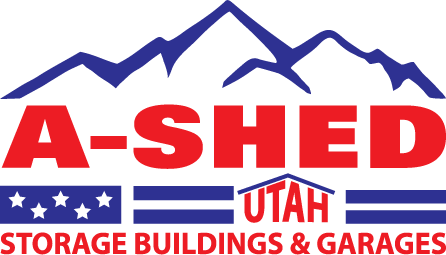 Get A Free Quote
Get A Free Quote Get A Free Quote
Get A Free QuoteIn part one of this two-part blog series, we went over some basic approaches for ensuring your new shed has a strong, durable foundation. Just like a home or many other structures, the foundation is vital for everything from support to pest prevention, and it’s important to consider the right things when it’s being created to confirm it will perform all these tasks appropriately.
At A-Shed USA, we offer both a wide range of custom storage sheds and wide-ranging expertise on their installation throughout Salt Lake City and other parts of Utah, including the creation of quality foundations they can rest on. What are some of the other important considerations for your shed’s foundation? Here are several.
Naturally, as you might have guessed, the size of your foundation will largely correspond with the size of your shed. If you have a giant, two-story storage facility to add to your yard, then you’ll likely need a much larger foundation than if you just purchased a small garden shed.
However, the amount of room on the ground is not the only factor in play here. Specifically, whether or not you utilize an on-grade foundation (we went over what this is in part one) will often depend on the general size of your shed. Here are two situations to consider:
Generally speaking, ideal shed foundation materials are some combination of concrete piers and quality lumber. Piers will be inserted after digging a hole in the ground. Then, support boards can be placed on top of them and your shed’s floor will rest on these boards. In most cases, this is considered a simple yet sufficient approach to ensuring your foundation provides all the necessary support for your shed — and will resist corrosion or other weather-related issues over time.
In other cases, you may choose a simpler concrete slab if you want to go a bit cheaper. However, you have to prepare for potential moving or cracking based on seasonal weather changes if you go this route.
Throughout the process of building your shed’s foundation, regular checks should be done on the overall level of the area. This will ensure your foundation lays completely flat, which is important for proper drainage and general ease of use once finished. We recommend keeping a leveler on-hand for this job.
For more information on how to get started with a new shed foundation, or to learn about any of our storage sheds, garages or other structures in SLC, feel free to contact A-Shed USA.